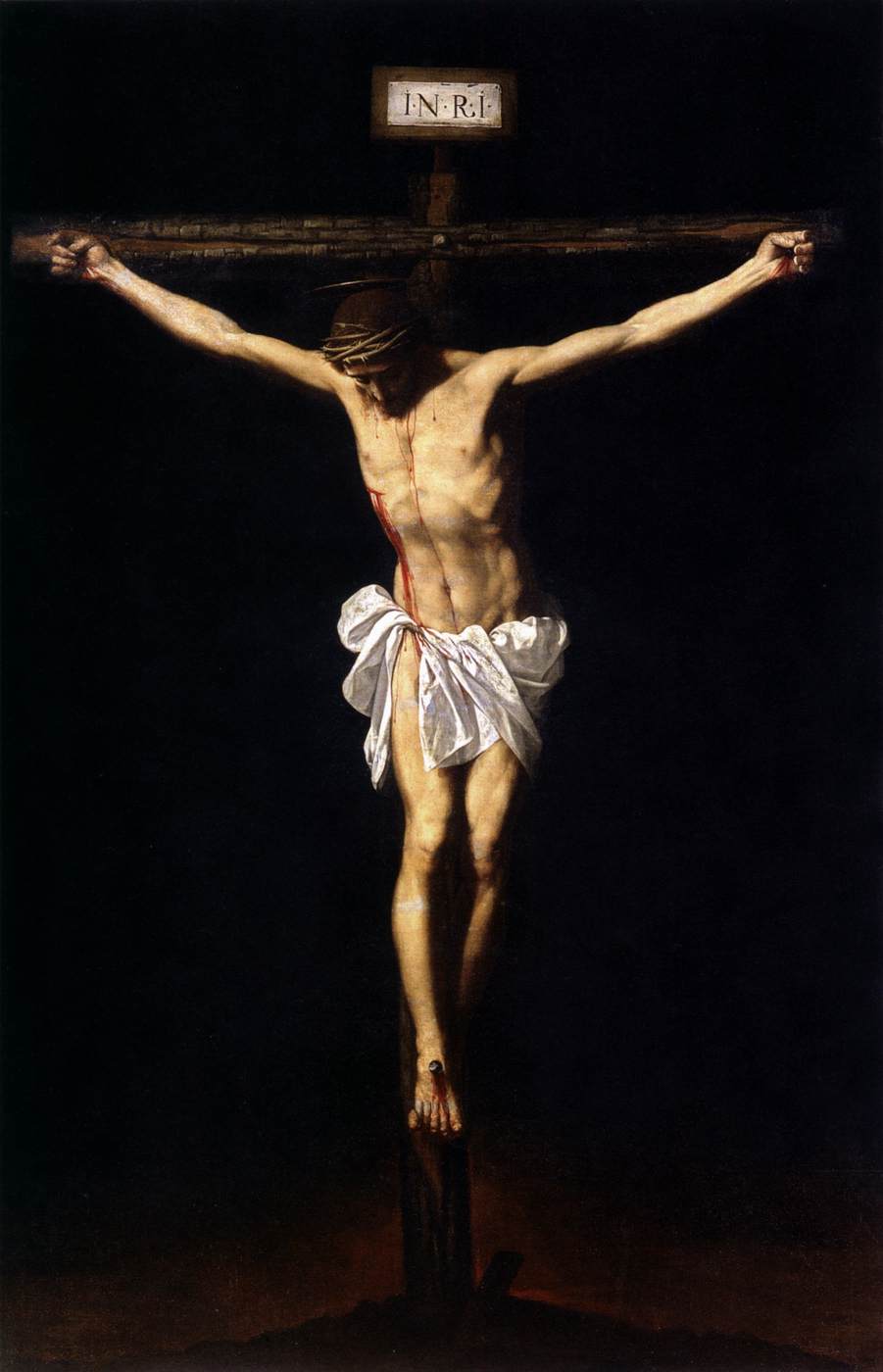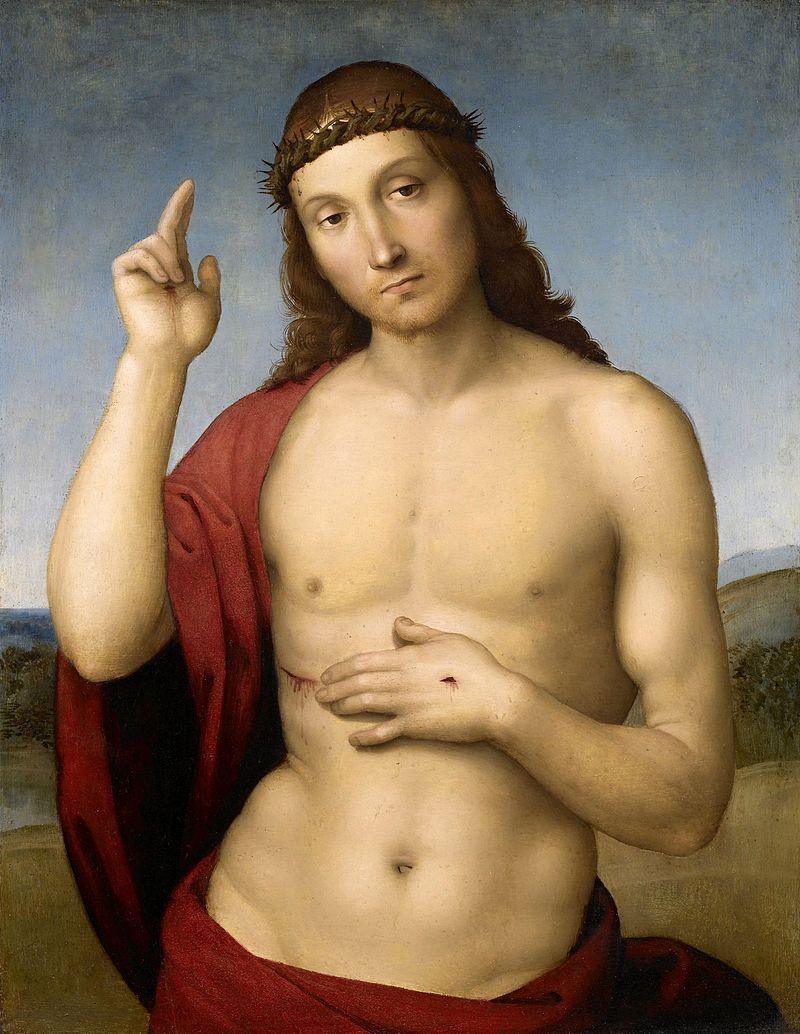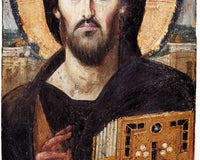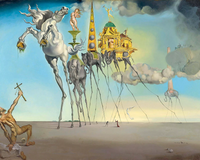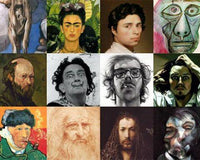Portrait of a Young Man Holding a Medallion - Sandro Botticelli
It is part of the magic of certain images that transport the audience, like in a time machine, directly to the place and moment in which they were created. In the case of Botticelli's portrait, Young Man Holding a Medallion, painted around 1480, the place is Florence and the moment is that vibrant time of the early Renaissance associated with Lorenzo de 'Medici, or Lorenzo the Magnificent, as his contemporaries called him. Botticelli's painting is so deeply imbued with the spirit of 15th century Florence that it could not have been painted anywhere else.
When we talk about the early Renaissance, great masters surely come to mind, but especially the Florentine painter Sandro Botticelli, whose full name is Alessandro di Mariano di Vanni Filipepi. His magnificent paintings made in the late 15th century were the reason why many of the richest patrons across Europe bought his work. His paintings predicted future techniques that would be used by the next great masters such as Leonardo da Vinci. His religious works were especially adored by the Catholic Church, and in addition to painting many other themes for other audiences, he demonstrated that he was a skilled and incredibly versatile artist.
No other painter of the time manages to evoke so strongly the golden age of Florentine Renaissance. His Birth of Venus and the Allegory of Spring are among the most famous works of the ancient world. His nymphs, goddesses, madonnas, and saints transport us to the rebirth of science, art, and literature that occurred in a place regarded as the beginning of the modern art world.
Understanding many of the theories about his work helps us try to understand why some of his works survived and others did not, helps to contextualize why Sandro Botticelli's work is valued. Precisely in January 2021, one of his most important portraits, the Portrait of a Young Man Holding a Medallion, was auctioned, a work that constitutes one of the most important portraits ever sold at auction.
It was in early Renaissance Italy when portraits of noble characters came to be considered elevated art. The Florentine master Sandro Botticelli was at the forefront of this transformation, depicting his subjects in the second half of the 15th century with a frankness and insight never before seen.
Depicting single individuals was in vogue at that time. This trend originated in northern Europe, created by the great Flemish masters.
Botticelli's Portrait of a Young Man Holding a Medallion is a representation of the magic and beauty of the Renaissance period in Florence, it was the first time that the individual played such an important role since antiquity and was placed at the center of life and art, which would ultimately define our understanding of humanism as we know it today. Botticelli was always at the forefront of this movement and thanks to his revolutionary style, he became one of the first artists to abandon the style of the time that consisted of painting models in profile.
Botticelli painted the Portrait of a Young Man Holding a Medallion between the late 1470s and early 1480s, according to a claim by the auction house Sotheby's.
The Portrait of a Young Man Holding a Medallion appears recorded in the collection of Lord Newborough in Caernarfon, Wales, in the 1930s. It is believed to have been acquired by his ancestor Sir Thomas Wynn, the first Lord Newborough, when he lived in Tuscany. It seems to have been in a room unknown to the world, without its importance being recognized. It was purchased by someone who sold it to a private collector, whose heirs sold it at auction to the current owner in 1982 for only £810,000. In the last 50 years it has been loaned to the National Gallery in London, the Metropolitan Museum of Art in New York, the National Gallery of Art in Washington, and the Städel Museum in Frankfurt.
There is a very marked characteristic in this Botticelli painting, which is considered timeless, as it is modern, has very striking colors, and a graphic line.
This portrait differs from any other portrait of the time by the way Botticelli painted his model, who holds a small circle, a small piece of a completely different painting.
This unusual addition in the work has been studied by scholars for many decades. Placed very carefully on the canvas, the small work depicts an old saint with a long beard, framed against a golden background.
The question would be when and why the medallion was added. Stapleford argued in his 1987 study that the medallion is "original to the painting." But art historian Keith Christiansen suggested that the round piece was a "modern addition" that replaced a damaged stucco relief. As Brown stated for The Guardian, some scholars have argued that the inclusion of the old saint aims to highlight the relative youth and beauty of the model.
The figure in the medallion is an original work from the 14th century, most researchers attribute it to the Sienese painter Bartolommeo Bulgarini, who was active a century before Botticelli painted his portrait. The significance of this striking device must somehow be related to the identity of the handsome young nobleman who displays it so proudly.
Scholars speculate and contradict each other about whom the portrait represents, but there is one version, although with little evidence, that the man is Giovanni di Pierfrancesco de 'Medici, whose second cousin Lorenzo the Magnificent was one of the most powerful and important supporters of the painter. Botticelli made every effort to portray the young man as the pinnacle of Renaissance beauty ideals. X-ray studies of the painting show that the artist carefully traced the man's features in the underlying drawings, in addition to revising various aspects of the painting.
We do not know for certain the identity of the model, but we can speculate a bit and say that this detail was also intended to say something about him as a person. Could this have been the way Botticelli suggested that the young man's thoughts were directed toward God and not toward this world?
Perhaps Botticelli's noble models were well-known in the medium at that time, but the truth is that many of their identities have been lost over time.
Although modest and restrained, the young gentleman's clothing is clearly very fine, and his elegant and contemplative behavior embodies the Neoplatonic and humanist philosophies that defined the culture of the Florentine elite.
Botticelli's Portrait of a Young Man Holding a Medallion has the characteristics of a man linked to the world of books, his sharp gaze and long, slender fingers suggest this. But we can also say he could belong to the world of trade or financial banking; it is very likely that we will never know. But the fact that he had himself painted tells us that he was an intellectual, humanist, and upper-class Florentine.
Despite all that, what it really shows us is the sacred image of a saint, perhaps his holy name, which he holds with such sweetness as if it were a sacred relic.
This portrait possesses an intriguingly complex ideal of male beauty. It is worth noting that when Botticelli painted this picture, the experience of seeing one's own figure was extremely unknown to most people. Mirrors were very rare artifacts, so the idea of having one's own image was just starting to gain momentum. The early portraits of men in the Renaissance tended to emphasize power rather than beauty: the models were painted to look more rugged than attractive.
Botticelli's young man is revolutionary because he was admired in his time, and he is today for his beauty and not for his ruggedness.
But the most acclaimed aspect of him, despite his impeccable hair, fair complexion, chiseled nose, pursed lips, and thin, energetic chin, is the air of self-control in his eyes. In a way to highlight, Botticelli's model deviates from Renaissance models, who posed in profile; now the Portrait of a young man holding a medallion looks directly into our eyes.
This new style would soon become a Renaissance convention: Leonardo da Vinci adopted it when he painted the most famous portrait of him (the most famous portrait in the world), the Mona Lisa, around 1503-17.
Portraits are one of the most valuable treasures that art possesses; they are expressions created by the old masters to highlight the importance of the human being, which have managed to immortalize many.
Our young man today turns 550 years old, but it seems he could have walked into our galleries this morning; he is a true beauty for all ages. This is a painting that transcends the normal boundaries of the old master genre and is one of the best-preserved and exquisite classical Renaissance portraits in the art world.
Now let’s take a moment to admire this impressive famous painting.

Buy an oil replica of the Portrait of a Young Man Holding a Medallion, by Sandro Botticelli
KUADROS ©, a famous painting on your wall.


